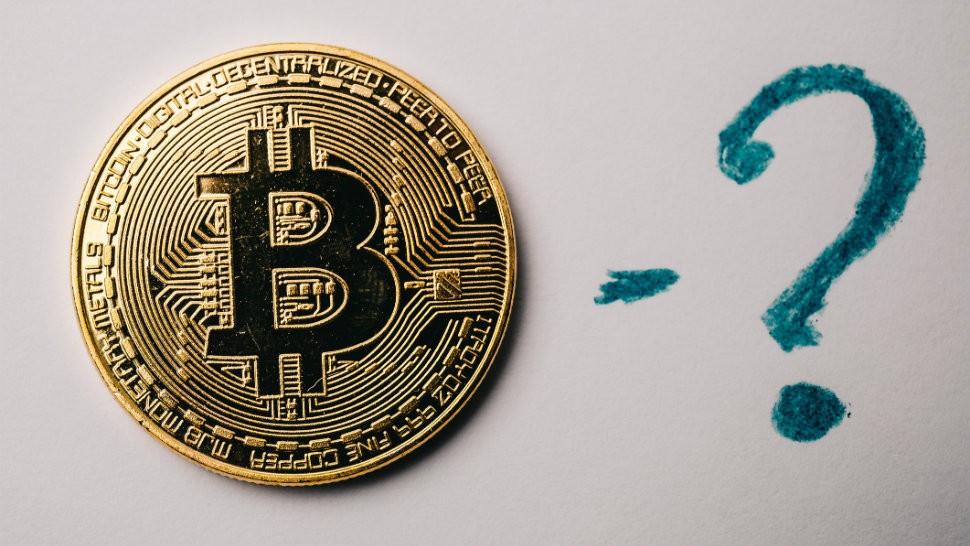Could Bitcoin’s Supply Cap Be Changed? BlackRock Sparks Debate
19.12.2024 20:00 1 min. read Alexander Stefanov
A new wave of controversy has emerged surrounding Bitcoin's 21 million supply cap, triggered by a recent BlackRock video.
While the financial giant reiterated the importance of Bitcoin’s fixed supply in maintaining its value, it also introduced a caveat—stating that there’s no certainty the cap will remain unchanged in the future.
Bitcoin’s capped supply has long been considered a critical aspect of its value proposition as a store of wealth. The idea that this limit could be altered has unsettled many in the crypto community, leading to concerns about its impact on investor confidence.
BlackRock’s video, intended to explain Bitcoin’s fundamentals, stressed the role the cap plays in protecting against inflation and maintaining purchasing power. But the added disclaimer suggesting a possible future change has raised doubts about its permanence.
Some critics, including figures like Joel Valenzuela of Dashpay, argue that the cap’s potential modification would be seen as an inevitable shift, signaling a departure from Bitcoin’s original design. This has prompted further debate about what constitutes “real” Bitcoin.
According to some developers, changing the supply cap would require a consensus-driven hard fork, where a majority of the network supports the change. However, even if such a fork were successful, many argue that it would result in a new version of Bitcoin, no longer adhering to Satoshi Nakamoto’s original vision.
-
1
Metaplanet Now Holds 13,350 BTC Worth $1.4 Billion
30.06.2025 10:27 1 min. read -
2
Bitcoin Whales Accumulate as Long-Term Holders Hit All-Time High
03.07.2025 21:00 2 min. read -
3
Public Companies Outpace ETFs in Bitcoin Buying: Here is What You Need to Know
02.07.2025 12:30 2 min. read -
4
Arizona Governor Vetoes Bill, Related to State Crypto Reserve Fund: Here Is Why
02.07.2025 16:00 2 min. read -
5
Crypto Inflows hit $1B Last Week as Ethereum Outshines Bitcoin in Investor Sentiment
07.07.2025 20:30 2 min. read
Ethereum Sparks Altcoin Season as FOMO Shifts Away From Bitcoin
Traders are rapidly shifting their focus to Ethereum and altcoins after Bitcoin’s recent all-time high triggered widespread retail FOMO.
BSTR to Launch With 30,021 BTC, Becomes 4th Largest Public Bitcoin Holder
BSTR Holdings Inc. is set to become the fourth-largest public holder of Bitcoin, announcing it will launch with 30,021 BTC on its balance sheet as part of its public debut.
Altcoins Gain Momentum as Bitcoin Dominance Drops to 61.6%
The cryptocurrency market is experiencing a notable shift in capital flows as Bitcoin’s market dominance has dropped to 61.6%, marking a 2.36% decrease.
France Eyes Bitcoin Mining to Solve Surplus Energy Challenges
French lawmakers have introduced a groundbreaking proposal that would turn excess electricity from energy producers into a valuable digital asset—Bitcoin.
-
1
Metaplanet Now Holds 13,350 BTC Worth $1.4 Billion
30.06.2025 10:27 1 min. read -
2
Bitcoin Whales Accumulate as Long-Term Holders Hit All-Time High
03.07.2025 21:00 2 min. read -
3
Public Companies Outpace ETFs in Bitcoin Buying: Here is What You Need to Know
02.07.2025 12:30 2 min. read -
4
Arizona Governor Vetoes Bill, Related to State Crypto Reserve Fund: Here Is Why
02.07.2025 16:00 2 min. read -
5
Crypto Inflows hit $1B Last Week as Ethereum Outshines Bitcoin in Investor Sentiment
07.07.2025 20:30 2 min. read


